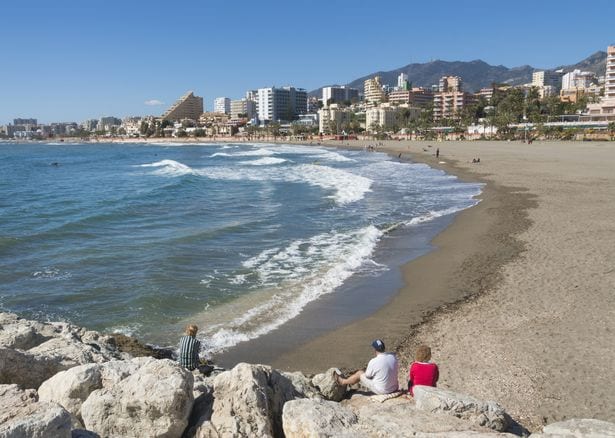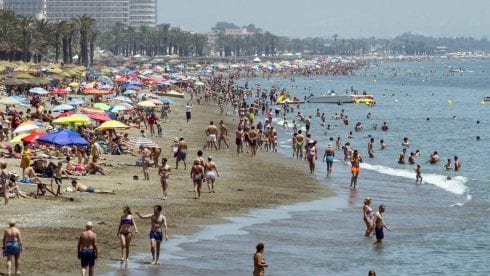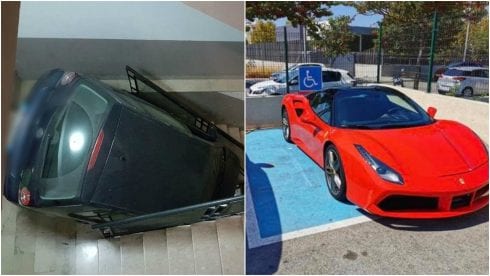WITH summer fast approaching, almost everyone has one thought on their mind; when can we have a day at the beach?
But the question is not only when, but how, given that the country is still precariously lifting lockdown restrictions in the midst of a global pandemic.
While some beaches in Spain have been reopened this week, only walking or the practising of select sports have been allowed.
The chance to sunbathe and park up at the beach for the day will not come until Phase 3 of the COVID-19 de-escalation plan.
From that date (June 8 if we’re lucky), beaches are hoping to reopen to bathers and families, but how will they cope with the so-called ‘new normal’, which requires extra sanitary measures and social distancing?
Each region and province has begun creating its own plans, with everything from drones, artificial intelligence (AI) and cubicles being prepared.
Andalucia
Fuengirola is aiming to be the first resort town in the country to enlist the help of AI to control its beaches’ capacities.
Sensors placed on around 40-50 street lights or posts will give real-time information on the influx of people and will alert authorities when crowds are becoming too large.
The beachgoer will be told which area of the sand is the safest with a simple colour code, where green means a space is available, yellow means it is 75% occupied while red means it is at full capacity.
Meanwhile Velez Malaga has already bought machinery to mark out grids on the sand to erect private cubicles or areas for family units.
On Granada’s Costa Tropical, Motril is smoothing and conditioning its coastline to create more space and will install new water dispensers and make sanitising gel and masks available.
Valencia
Canet d’En Berenguer, in Valencia, is going to divide its beach into small plots that will help ensure social distancing and which will be accessible after booking via an app and obtaining a special code, which will be shown to gain access.
There will be morning and afternoon slots with specific entry and exit walkways established.
Oliva will also opt for computer solutions in the form of an application that determines how many people are on each beach, similar to that of Fuengirola.
In Cullera, authorities are considering hiring more lifeguards to make sure people are adhering to social distancing measures. They are also looking at employing drones to keep an eye on events from above.
In Castellon, Peñíscola will create special teams who will explain the measures to be followed on the beach.
Balearics
Calvia, in Mallorca, will keep a minimum distance of 4.4 metres between parasols and a similar distance between family units. It is still deciding how it will demarcate the distance in areas without sunbeds.
Alcudia will go one step further by separating each parasol (which has two sunbeds beneath it) by eight metres horizontally and 10 vertically i.e. between each row. It means it will have half the number of beds (2,000) across its 4km of sand this year.
In party hotspot Ibiza, Sant Josep is looking at limiting the number of parasols/beds for rent.
Click here to read more Spain News from The Olive Press.








